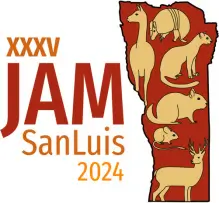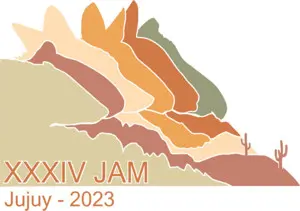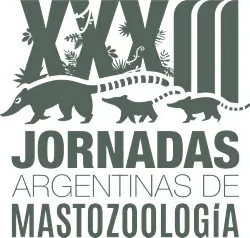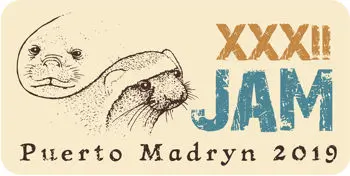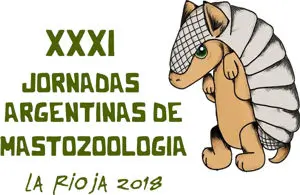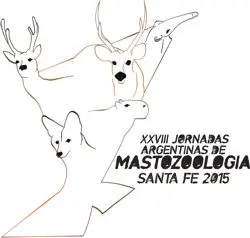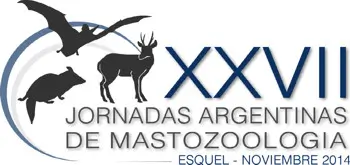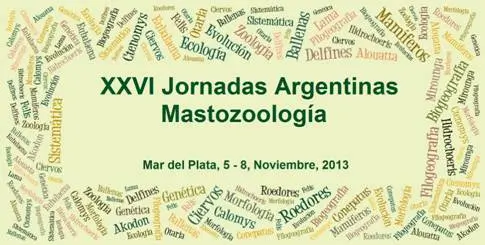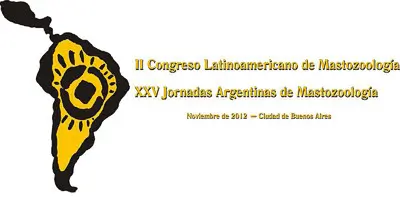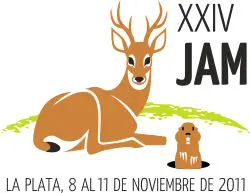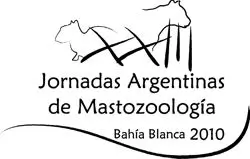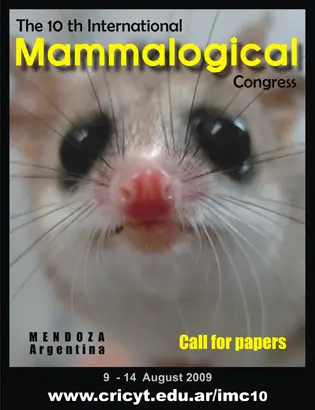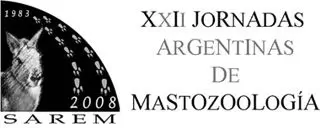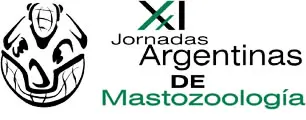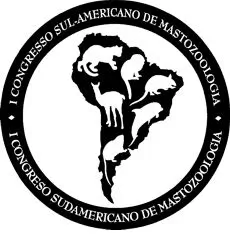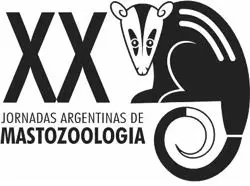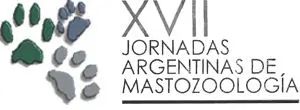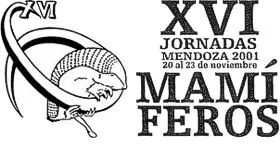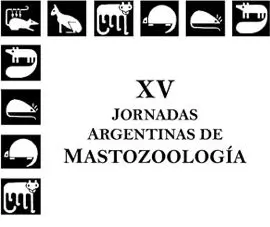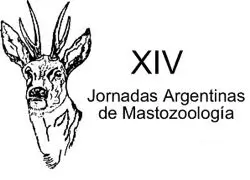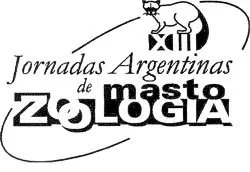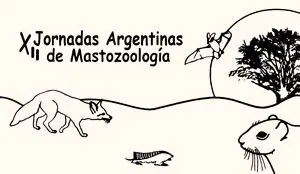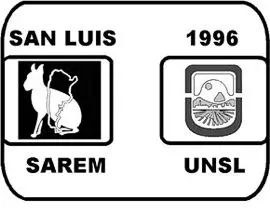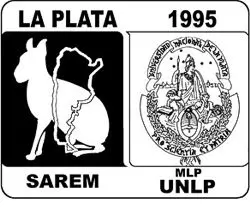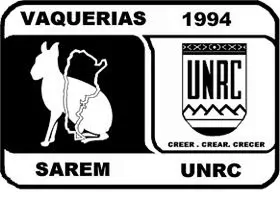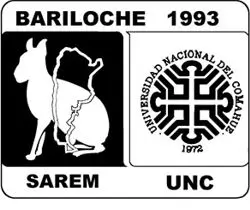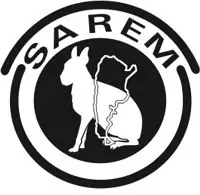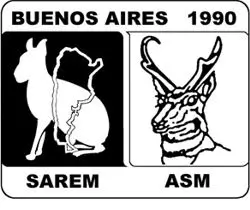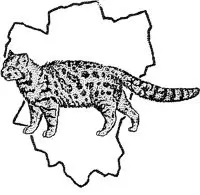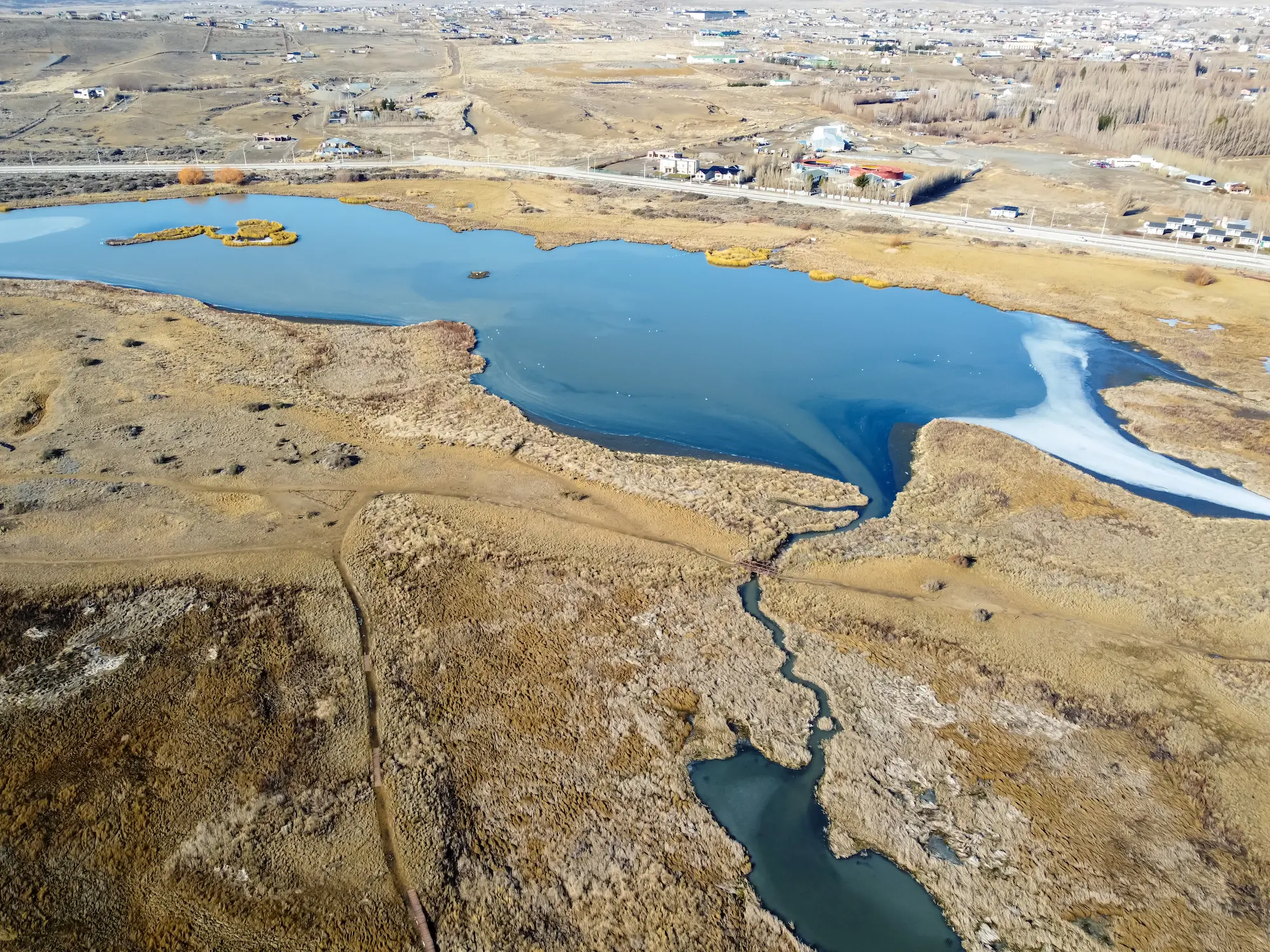
Characterization of land use for tuco-tucos present in the Central-West and Northern regions of Brazil

Characterization of land use for tuco-tucos present in the Central-West and Northern regions of Brazil
- Tipo de actividad: Poster
- Palabras clave: Ctenomys; landscape; subterranean rodents
- Autoría: Zanette G Freitas TRO, Galiano D
- Afiliación: Programa de PósGraduação em Ciência e Tecnologia Ambiental, Universidade Federal da Fronteira Sul (PPGCTA, UFFS)| Prama de PósGraduação em Genética e Biologia Molecular, Universidade Federal do Rio Grande do Sul (PPGBM, UFRGS)
- Email: daniel.galiano@uffs.edu.br
Tuco-tucos (Ctenomys) comprise a group of subterranean rodents highly specialized in terms of habitat. One of the major threats to the species is the degradation of natural environments due to the expansion of agriculture, livestock, forestry and urbanization. Eight species of tuco-tucos are recognized in Brazil, and recent studies have revealed the existence of two undescribed lineages. Knowledge of Ctenomys in the Central-West and Northern regions of Brazil is still limited, resulting in significant gaps in our understanding of their ecology, distribution, and conservation status. Given this scenario, this study aimed to analyze the land use around areas where populations were recorded in the Central-West and Northern regions of Brazil. To this end, land-use maps were generated based on ten occurrence records obtained from the literature. We generated circular buffers of 4500 km2 around the records, and land use was classified according to MapBiomas collection in QGIS software. The land use was classified in five categories: Forest (FOR), Herbaceous and Shrubby Vegetation (HSV), Farming (FAR), Non-Vegetated Area (NVA), and Water (WAT). Two species and two lineages were recorded in the literature: C. bicolor was present in one locality, and land use was classified as FOR=65.63%; HSV=1.60%; FAR=30.80%; NVA=0.78%; WAT=1.18%. Ctenomys nattereri was registered in three localities and mean categories were FOR=41.82%; HSV=5.79%; FAR=50.08%; NVA=1.42%; WAT=0.89%. The lineage C. sp. “central” was registered in two localities and mean categories were FOR=41.82%; HSV=2.67%; FAR=53.19%; NVA=1.33%; WAT=0.19%, and the lineage C. sp. “xingu” was registered in four localities and mean categories were FOR=46.76%; HSV=2.18%; FAR=49.68%; NVA=1.19%; WAT=0.19%. Results show that individuals were recorded both in environments with high forest cover and in landscapes intensely modified by agriculture. We observed that species are increasingly restricted to fragments of habitat surrounded by an agricultural matrix, which could jeopardize long-term population viability.

